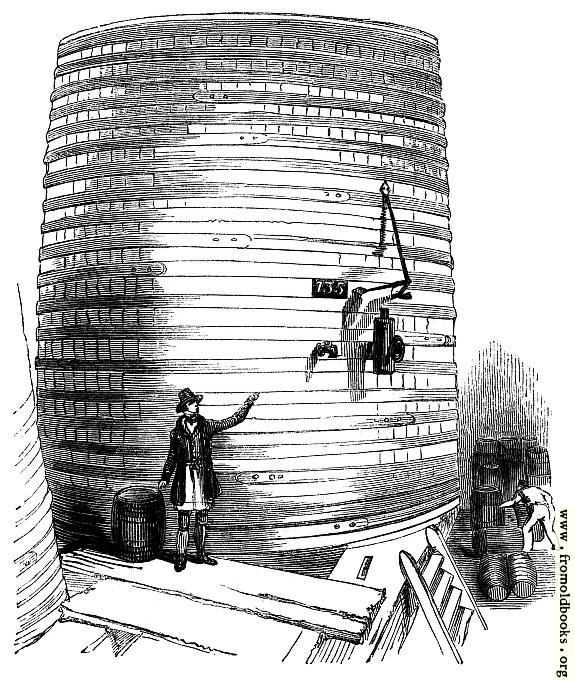Visit the Pencil & Spoon site
I like stories about the history of beers. For me, the interesting sideof it comes when there’s a human element: why a brewer decided to do this orthat; how the drinkers liked the beer; where they drank it; processes whichbrewers went through.
So when looking through The Curiosities of Ale and Beer by John Bickerdyke, first published in 1889, Iwas excited to read that an alternative origin for porter is written (thanks toMark from Real Ale Reviews who found it). It’s probably the most unusual andoutrageous origin of a beer I’ve heard…
It first points back to Ralph Harwood in 1730. As he “brooded over theinconvenience and waste occasioned by the calls for the ‘three threads’, whichbecome more and more frequent, he conceived the idea of making a liquor whichwould combine in itself the several virtues of ale, beer, and twopenny.” So hebrewed a drink called Entire or Entire Butts which was tasted and approved and “becamethe fruitful parent of a mighty offspring.”
So far nothing unusual, a perfectly acceptable beginning for London’sfamous dark beer. But it continues, a little off-piste:
Visitors to the great brewery in Brick Lane are shown a hole from whichsteam issues to the accompaniment of awful rumbling noises. ‘In there once fella man,’ they are told – ‘a negro. Nothing but his bones were found when thecopper was emptied, and it is said that the beer drawn off was an extraordinarydark colour. Some say this was the first brew of porter.
Yes. It actually says this.
Asked the obvious question, the brewery guide replied: “Oh yes… we soonlearnt how to make it without the negro.” Which is of some relief, no doubt.
The author adds his thoughts, although the tone is a little wishy-washyand unconvinced (italics are mine): “We must confess that we have some doubts as to this account of theorigin of porter. We do not believe thatbrew could have been much darker on account of the accident, though nodoubt, under the circumstances, it contained plenty of ‘body.’”
Two pages later is a versed legend called Patent Brown Stout. You must read it.
Not your usual beer history lesson…
Image from here.
More...





 Reply With Quote
Reply With Quote